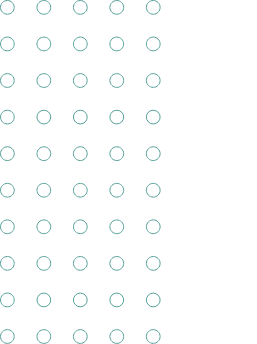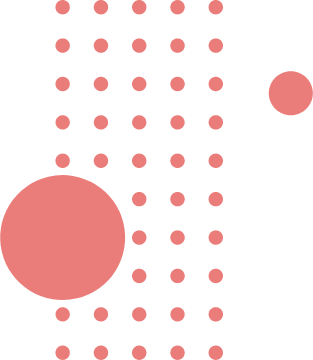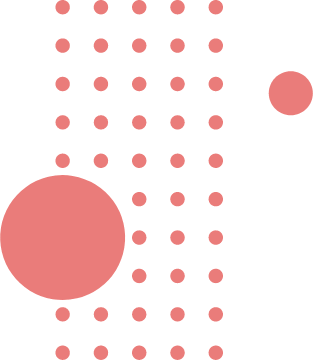The Secret of Your Business Success Find Quickly
Lorem ipsum dolor sit amet, conseteturants atal into sadipscing elitr, sed diam nonumy eirmod nsa ada tempor invidunt ut.
Read MoreProject planning and execution; team coordination, agile methods, risk assessment, resource management, and milestone tracking.

Accelerating business growth through innovative strategies, dedicated teamwork, and an unwavering focus on customer satisfaction.
Projects
Case Study
Clients
Customers
Lorem ipsum dolor sit amet, consetetur sadipscing elitr, sed diam nonumy eirmod tempor invidunt ut labore et dolore.


Lorem ipsum dolor sit amet, consetetur sadipscing elitr, sed diam nonumy ant extra eirmod tempor invidunt ut labore et dolore magna aliquyam erat, sed diammi maxil voluptua. At vero eos et accusam et justo duo dolores et ea rebum. Stet clitaiai to ankasd gubergren, no sea takimata sanctus est Lorem ipsum dolor sit amet. Adasta na lorem ipsum dolor sit amet, consetetur sadipscing elitr.
Lorem ipsum dolor sit amet, consetetur sadipscing elitr, sed diam nonumy ant extra eirmod tempor invidunt ut labore et dolore magna aliquyam erat, sed diammi maxil voluptua. At vero eos et accusam et justo duo dolores et ea rebum. Stet clitaiai to ankasd gubergren, no sea takimata sanctus est Lorem ipsum dolor sit amet. Adasta na lorem ipsum dolor sit amet, consetetur sadipscing elitr.
Lorem ipsum dolor sit amet, consetetur sadipscing elitr, sed diam nonumy ant extra eirmod tempor invidunt ut labore et dolore magna aliquyam erat, sed diammi maxil voluptua. At vero eos et accusam et justo duo dolores et ea rebum. Stet clitaiai to ankasd gubergren, no sea takimata sanctus est Lorem ipsum dolor sit amet. Adasta na lorem ipsum dolor sit amet, consetetur sadipscing elitr.
Lorem ipsum dolor sit amet, consetetur sadipscing elitr, sed diam nonumy ant extra eirmod tempor invidunt ut labore et dolore magna aliquyam erat, sed diammi maxil voluptua. At vero eos et accusam et justo duo dolores et ea rebum. Stet clitaiai to ankasd gubergren, no sea takimata sanctus est Lorem ipsum dolor sit amet. Adasta na lorem ipsum dolor sit amet, consetetur sadipscing elitr.

Lorem ipsum dolor sit amet, consetetur sadipscing elitr, sed diam nonumy a eirmod tempor invidunt ut labore et dolore magna aliquyam erat, sed diam voluptua. At verorh eos et accusam at vero eos et accusam.



Lorem ipsum dolor sit amet, consetetur sadipscing elitr, sed diam nonumy eirmod tempor invidunt ut labore et dolore.
Lorem ipsum dolor sit amet, conseteturants atal into sadipscing elitr, sed diam nonumy eirmod nsa ada tempor invidunt ut.
Read MoreLorem ipsum dolor sit amet, conseteturants atal into sadipscing elitr, sed diam nonumy eirmod nsa ada tempor invidunt ut.
Read MoreLorem ipsum dolor sit amet, conseteturants atal into sadipscing elitr, sed diam nonumy eirmod nsa ada tempor invidunt ut.
Read More